Best Shade Plants for Texas Gardens
October 25, 2024
Gardening in shaded areas can be challenging, especially in Texas, where the climate can be harsh. However, with the right plant choices, your shaded spots can thrive with greenery and color. Whether you’re working with full shade or partial shade, there are plenty of plants that can add beauty and texture to these areas.
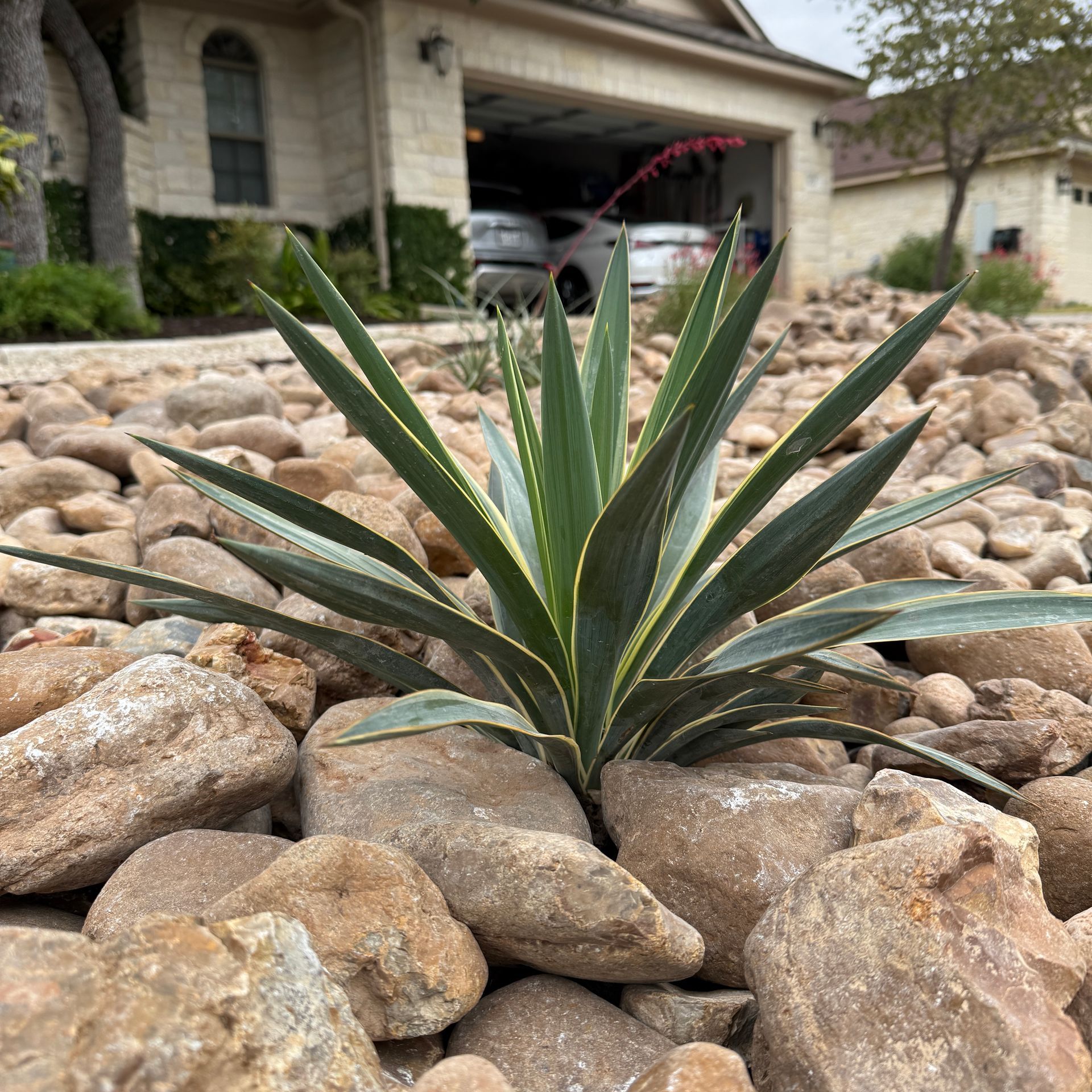
Best Shade Plants for Texas Gardens
- Turk’s Cap (Malvaviscus arboreus): This plant thrives in partial shade and produces bright red, hibiscus-like blooms, attracting hummingbirds and butterflies.
- Columbine (Aquilegia chrysantha): A favorite for shady spots, columbine offers delicate, star-shaped yellow flowers that bloom in early spring.
- Ferns (Various Species): Ferns, such as the Southern Wood Fern and Holly Fern, are ideal for adding lush greenery to shaded areas and require minimal care.
- Hosta (Hosta spp.): Known for their large, textured leaves, hostas thrive in shady gardens and come in a variety of colors and patterns.
- Coral Bells (Heuchera spp.): With their vibrant foliage ranging from deep purples to bright greens, coral bells add color and depth to shady spots.
Care Tips for Shaded Areas
- Soil: Ensure the soil is rich in organic matter and well-drained. Shaded plants generally prefer moist, fertile soil.
- Watering: While shaded areas don’t dry out as quickly as sunny spots, it’s important to monitor moisture levels and water when needed.
- Fertilizing: Use a slow-release fertilizer to provide consistent nutrients throughout the growing season.
By selecting the right plants and providing the appropriate care, you can turn your garden’s shaded areas into a lush, thriving part of your landscape.
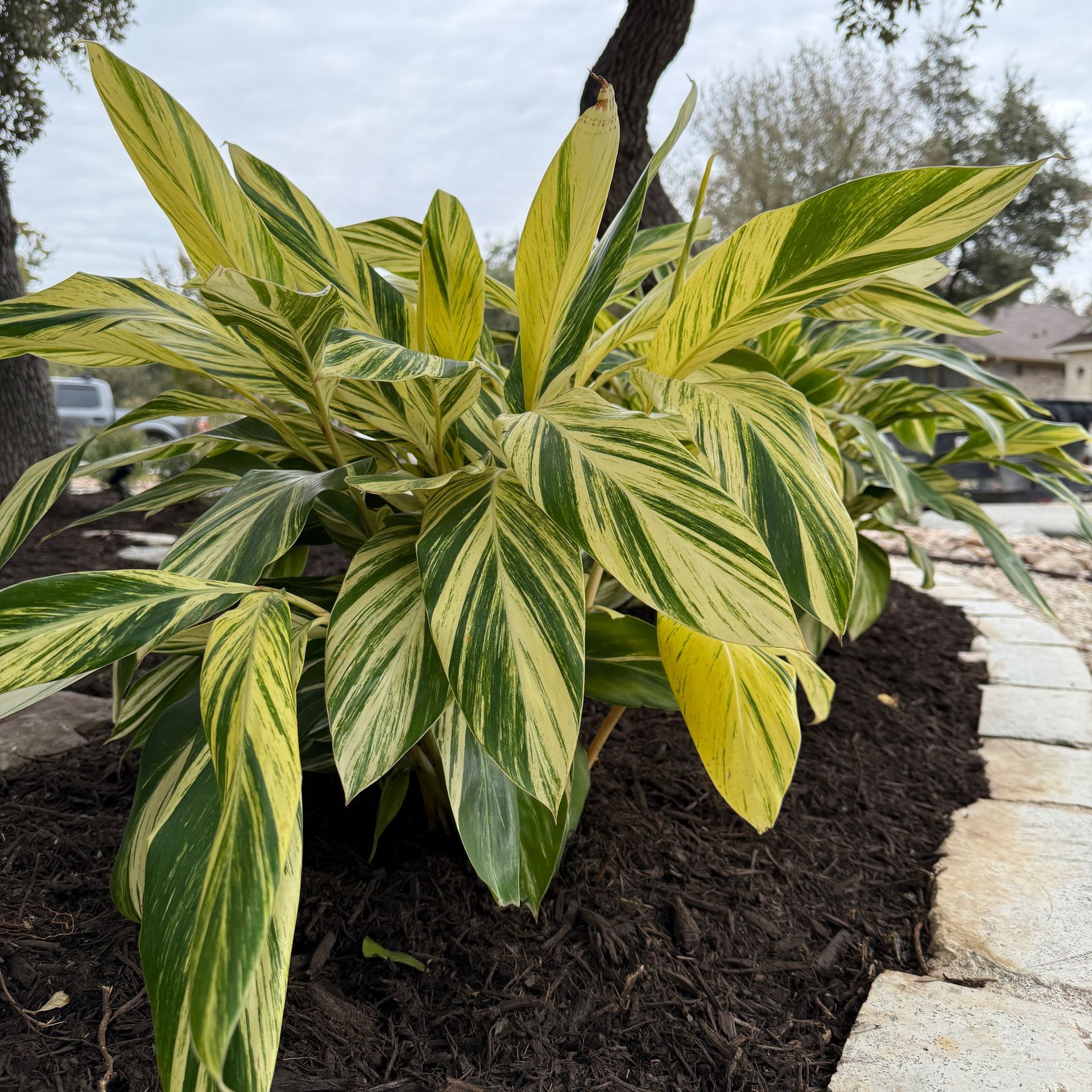

Mulch is that essential layer of material spread on top of soil in garden beds, around trees, or over landscaped areas. Not only does it enhance the appearance of your landscape, but it also improves soil health and conserves moisture. In this post, we explore the benefits of mulching, especially during winter, as well as the importance of tree trimming during this time of year. The Benefits of Mulching As an organic material, mulch gradually breaks down, releasing essential nutrients such as nitrogen, phosphorus, and potassium into the soil. This process improves soil fertility and supports healthy plant growth. Additionally, mulch creates a moist, nutrient-rich environment that attracts earthworms. These helpful creatures aerate the soil and deposit nutrient-rich castings as they burrow and digest organic matter. To maintain these benefits, it’s essential to reapply mulch every 1 to 2 years, ensuring a thickness of 2 to 4 inches. Too much mulch can suffocate plant roots and trap excess moisture, while too little may not provide adequate coverage. While winters in Texas are milder compared to many other states, sudden freezes are common. Mulch can act as a protective layer, helping insulate pipes, drip lines, and plants from temperature fluctuations, reducing the risk of freeze damage. Why Winter is Ideal for Tree Trimming Winter is also an excellent time to trim trees, especially species like live oaks and red oaks. Pruning these trees during winter minimizes the risk of spreading oak wilt, a deadly disease. During winter, most trees are dormant, meaning their growth slows down, and many pests and diseases that can harm trees are inactive. Trimming trees during this time allows wounds to heal more effectively, directing their energy into producing healthy new growth in spring. Proper trimming also improves a tree’s overall structure and vitality, preparing it for the growing season. Another significant benefit of winter tree trimming is the reduced risk of storm damage. Removing weak or overgrown branches in advance minimizes the chances of these limbs breaking during storms and causing harm to people, vehicles, or buildings. By trimming trees in winter, you ensure that hazardous limbs are removed before they can fall. Final Thoughts Mulching and tree trimming are essential practices that enhance the health and appearance of your landscape, especially during winter. By taking these steps, you can protect your garden and trees, ensuring they thrive in the coming growing season.
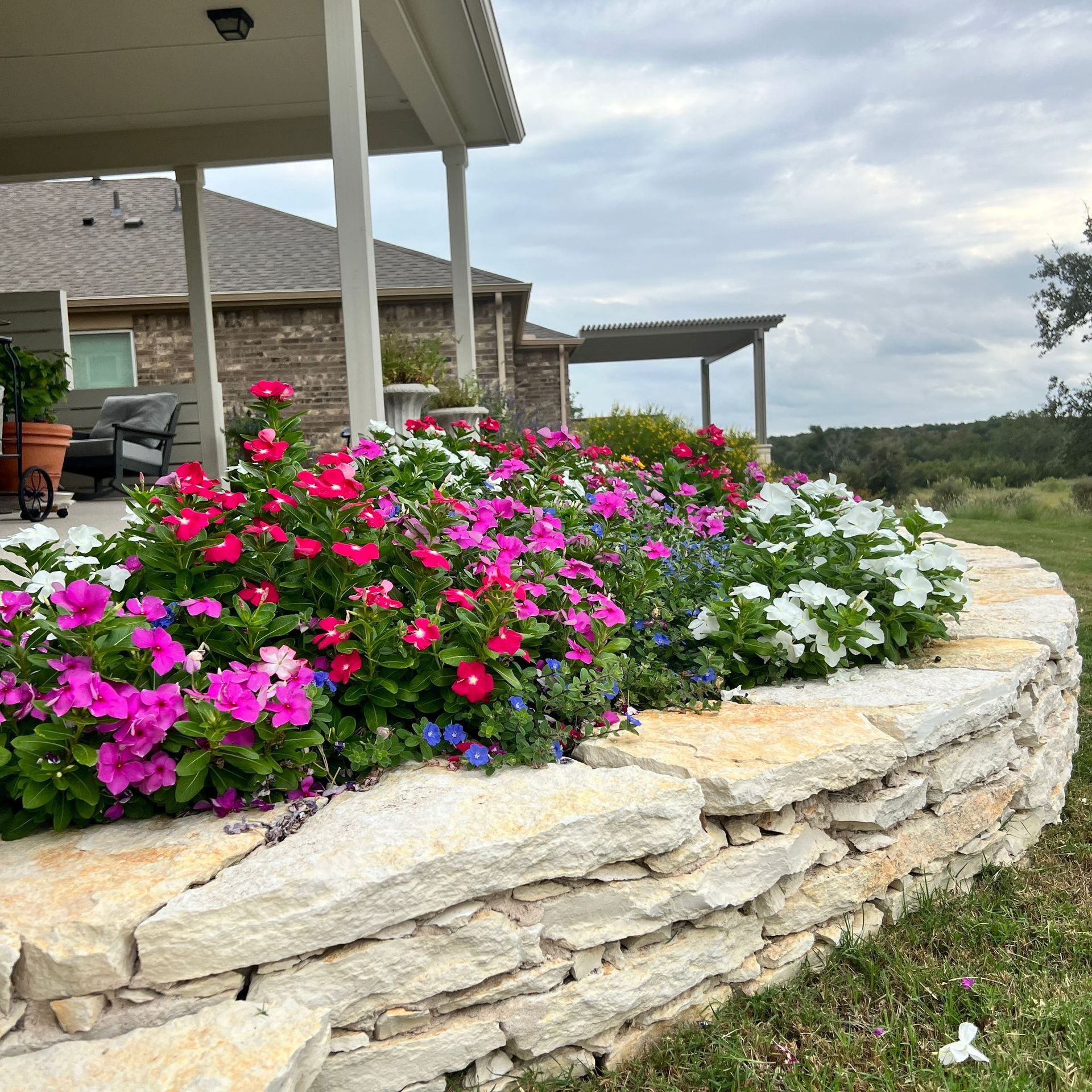
As the new year begins, it's the perfect time to plan your garden. Whether you're a seasoned gardener or just starting, setting clear goals and creating a plan will help ensure a successful and beautiful landscape throughout the year. From choosing plants to outlining maintenance tasks, here’s how you can effectively prepare for the gardening season ahead.
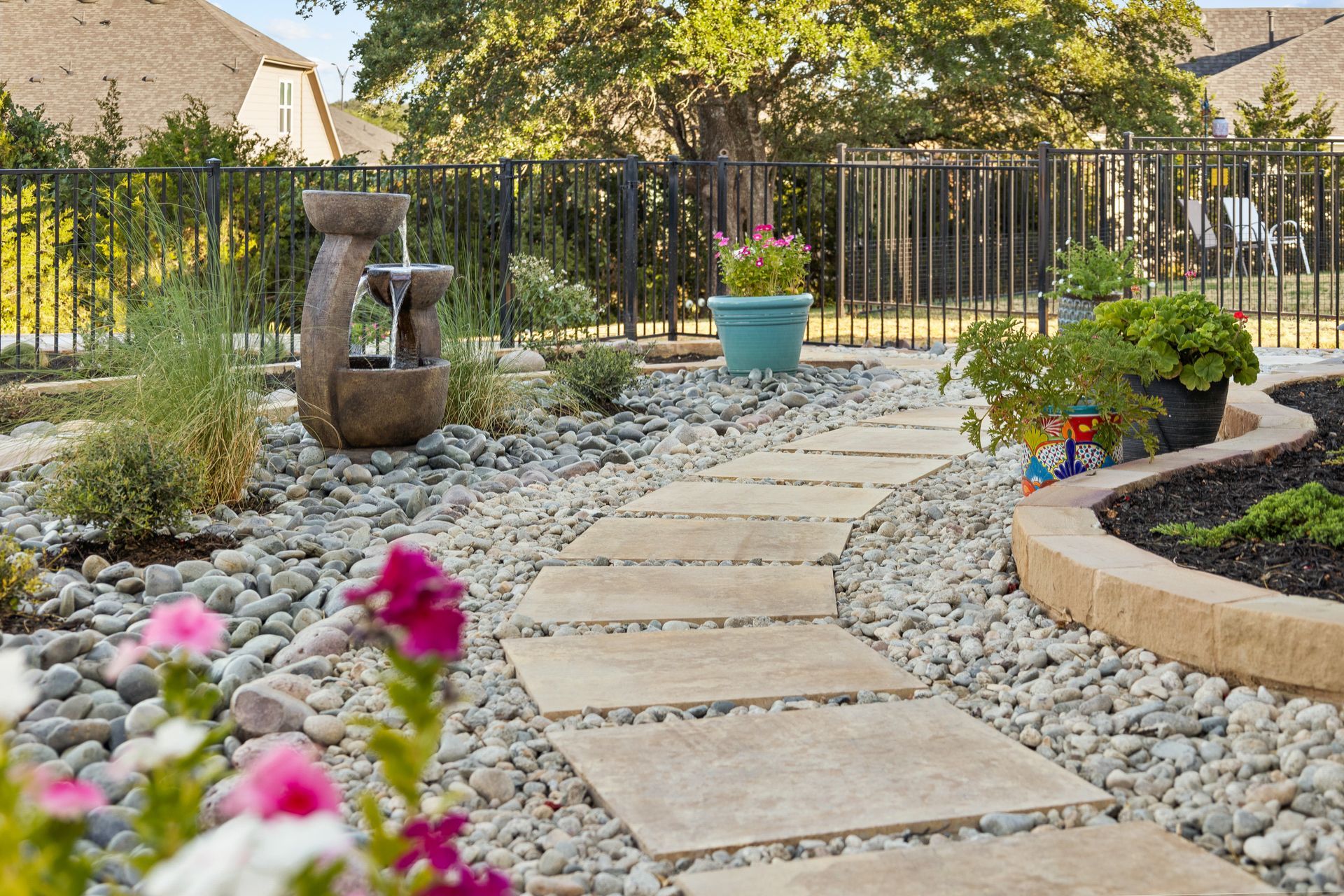
A well-designed garden walkway not only enhances the aesthetic appeal of your landscape but also provides practical paths that guide visitors through your garden. Whether you want to create a formal look or a more relaxed feel, the materials you choose will set the tone for your garden paths. Here are some tips for designing and constructing functional walkways with materials that work well in Texas.

Creating a beautiful and functional patio is all about choosing the right materials for your space. With so many options available, selecting the perfect material for your patio can be overwhelming. This guide will help you navigate the pros and cons of popular patio materials, as well as offer design ideas to make the most of your outdoor space.

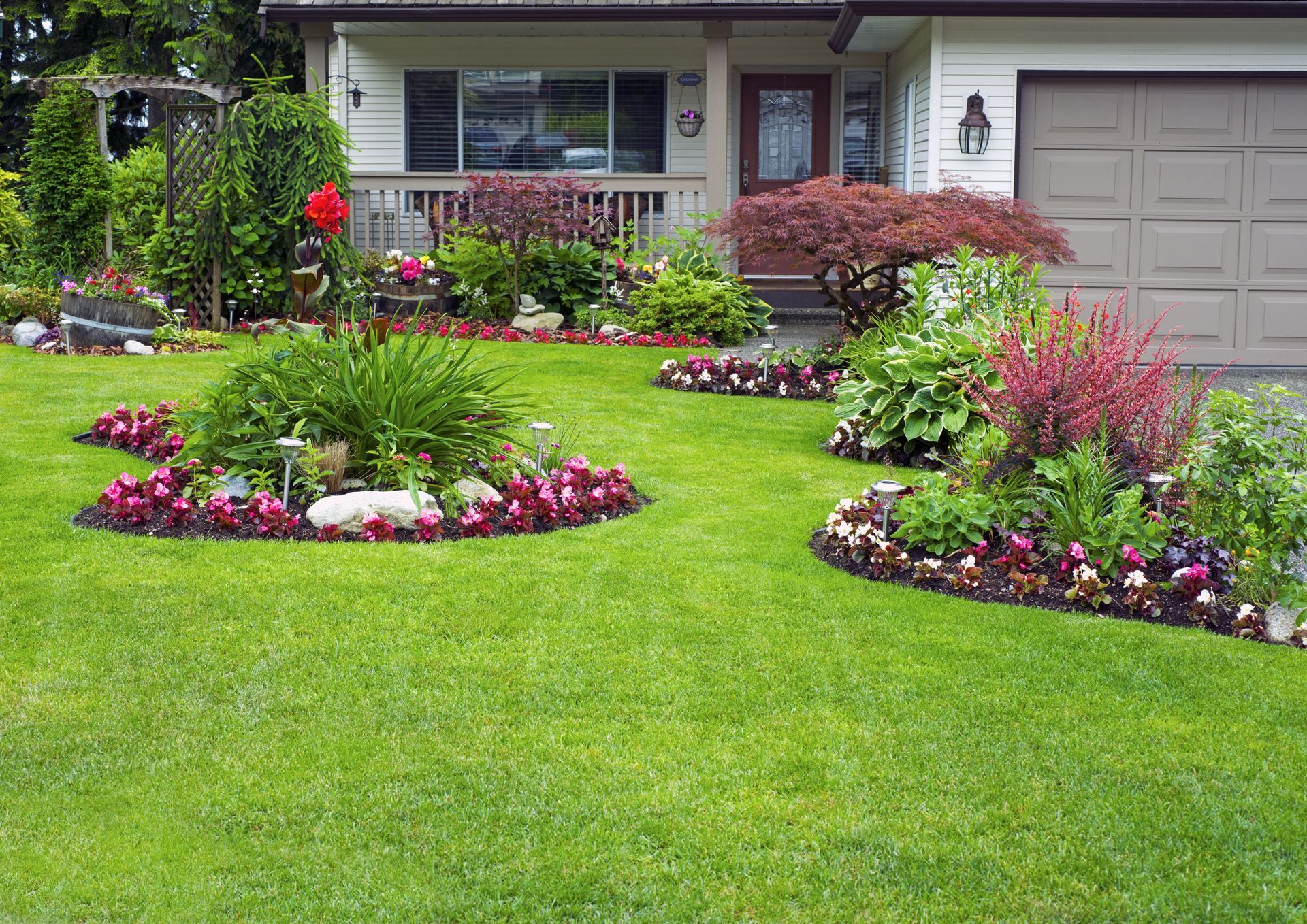





Share On: